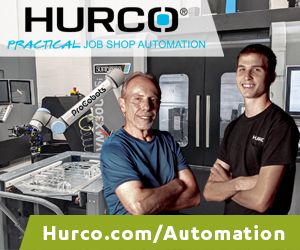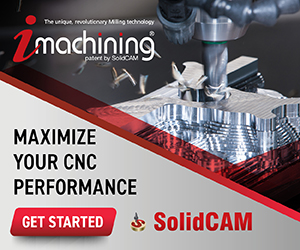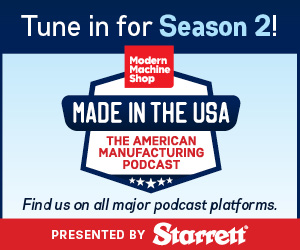The New Rules of Cutting Tools — Rule #4: Focus on the Biggest Expense
Sponsored ContentLabor and machine time are where the real costs occur. The tool cost is tiny compared to the savings it delivers in these areas.
Share
The performance of diamond cutting tools in particular points to one of the most harmful misconceptions affecting the use of high-performance tooling. That is, the belief that the price of the cutting tool equates to the cost of the process.
Diamond Innovations machining products manager Jim Graham calls this the “sticker shock” fallacy. A shop compares the price of, say, a high-performance CBN tool to the price of a general-purpose carbide insert. Seeing the price difference, the shop assumes the high-performance tool is less economical. Is it?
In truth, the high-performance tool may or may not be the right choice—but the price is too small a factor to make that determination.
While the cutting tool’s price does add to the cost of the process, the same cutting tool also subtracts from the cost of the process through savings in various areas.
To make the point even more clearly, consider that a machining facility is not delivering a tool to its customer—it’s delivering a part. Therefore, the cost of the part should be the focus. And the price of the tool is such a tiny portion of the cost of the part that it is actually very easy for a high-performance cutting tool to bring the overall cost down.
The pie chart illustrates this. In a typical machined part, the cutting tool accounts for only 3 percent of a machined part’s cost. By contrast, labor and machine time account for much larger percentages—around 30 percent apiece. By allowing more parts to be machined per hour or per shift, a high-performance cutting tool reduces the impact of both of these big contributors to part cost.
The price of tooling is actually an ineffective place to look for savings. Would you rather have a 30 percent savings on your cutting tools or a 20 percent increase in cutting speed? The analysis on this page shows that the right choice is not even close. Assuming the baseline cost of the part is $10, the reduced tooling cost would save only 9 cents. By comparison, the increased speed would save 16 times that much—even after assuming that the tool that achieves this speed increase is 50 percent more expensive.
Now try that same analysis with a tool that costs two times or three times as much as the baseline tool. It can easily be shown that even very large increases in tool cost do not affect the savings resulting from even conservative gains in productivity.
In addition, some shops apply high-performance tooling to achieve levels of savings that are truly off the chart—at least off of the chart on this page. Tooling engineered to provide both long life and high reliability can make it possible for shops that have never done so before to achieve successful “lights out” machining processes. If the shop can run unattended after hours, capturing machine capacity that is not even being used today, then arguably the costs of both labor and machinery for this work drop to zero. After all, no operators are present, and the machinery has been paid for by the daytime machining. That is why unattended machining can be one of the most profitable ways for a high-performance tool to can transform the machining process.
Next: Rule #5 - Consider the Cutting Tool from the Very Beginning

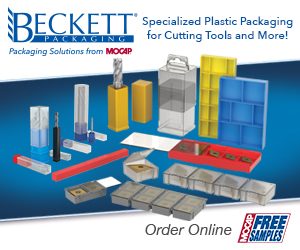





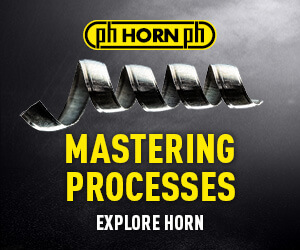
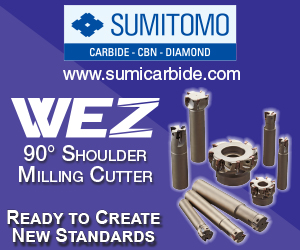
.jpg)



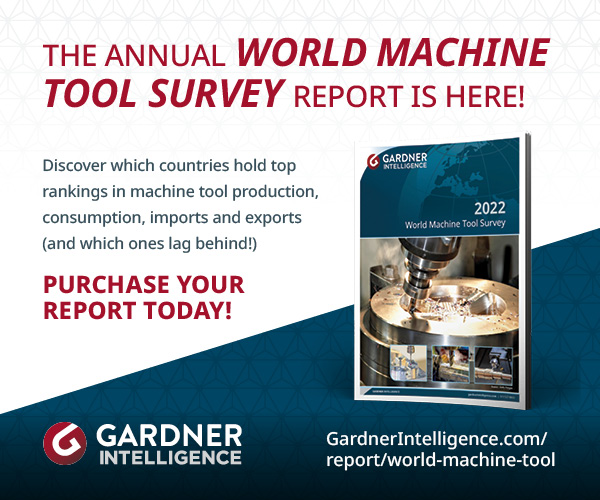



.jpg)


